The timing was perfect. Four children in five months. The planning couldn’t have been better. Amit, Sachin, Mitesh and I have been together since twenty years. Now, our kids would grow up together.
On 20th March, 2009, Amit and Trishla were blessed with their first baby, Dhruti
A month later, on mom’s birthday, 21st April, Shourya entered our family. Maahir is a Valentine day baby, year 2006.
Sachin and Prachi were blessed with their second princess, Sucheta, on 18th June. Vedika is six years elder to her younger sibling.
Mitesh and Rashmi’s family was complete, when the youngest amongst the four kids, Prisha, was born on 27th July; Aditya had a sister to play with.
Amongst close friends, Vivek and Nisha lead the pack with two super kids – Yash, nine and Naman, six.
“For our next vacation, we will need a twenty seater bus,” said Mitesh. He’s our chief co-coordinator for the vacations – binding all of us together. His planning is perfect – we’ve enjoyed each time we’ve been on an outing. He along with Sachin do all the work. Amit and I generally like to laze around.
And while there was enough time before a vacation could be planned, we didn’t want to wait for long to thank the Lord for blessing us with normal, healthy children. The trip to Tirupati was on the priority list. Mitesh wished that the four of us should make this trip together. Soon, he made all the plans for the trip.
We were to leave Mumbai on 7th September, by the afternoon train. We would reach Tirumala the next day, and head to Tirupati. Sachin made arrangements for our stay at a matth (residential facility for traveling pilgrims) in Tirupati. Amit, with his “contacts” (he has them in all places) planned for special darshan at the temple; the first one on 8th evening, and the second on 9th morning. After the darshan of the Lord, Amit and Mitesh would fly back to Mumbai. Sachin would travel to Chennai for business. I planned a visit to the Satish Dhawan Space Centre (SDSC), the rocket launch site for the Indian Space Research Organization (ISRO).
SDSC also known as SHAR is located in Sriharikota, a spindle shaped island on the east coast of Andhra Pradesh, about 80 km north of Chennai. I was scheduled to stay there for three days and return to Mumbai on 12th September after completing the commissioning of the plant and equipment supplied by our company ‘Unique Mixers’. Our mixers are in operation at ISRO for manufacturing solid propellants used in rocket propulsion systems. This would be my third visit to this high security zone.
All seemed to be going as per “our master plan” until the morning of 5th September, when Rashmi’s dad complained of chest pain and uneasiness. He had to be scheduled for an angiography on 7th September, the day of our departure. The procedure was to start at 8 am. Mitesh, being a doctor himself, was responsible for coordinating with the doctors treating uncle. The course of further treatment would be decided only after the angiography.
As uncle’s health was stable, the family advised Mitesh to proceed with the Tirupati trip after the angiography. Prayers to the Lord are always answered. Mitesh packed his bags for the trip a night before the procedure and carried them to the hospital the next morning. Since the hospital was on our route to the railway station, we would pick him. The train was scheduled to depart at 2 pm. In all probability the angiography would be over by then. We were confident that Mitesh would be with us on the trip. It was after all his plan – he had to be there.
At 2 pm that afternoon, only three of us boarded the train. Mitesh couldn’t make it. Not because of uncle’s health, but because the doctor was late for the angiography. When we reached the hospital at forty five minutes past noon, the angiography had just started. Mitesh had to be in the ‘Cath lab’ during the procedure.
Mitesh is amongst those who do not give up easily. He is a fighter to the core. Our master planner had already thought of a back-up plan. “I shall be with the Lord”, he promised. He knew he could take the evening flight to Chennai and meet us at Tirupati the next day. On the train, we missed him and his enthusiasm.
Uncle’s angiography revealed complications. A by-pass surgery was the only fix. In difficult times, the one friend that we can count on is Mitesh. He has always stood by us. This time his family was counting on him. Mitesh couldn’t make it to Tirupati.
When we reached the holy town, we were informed by Amit’s local contact that because of the rush it would be difficult for him to arrange for the VIP darshan. The matth where we planned to stay had no vacant rooms. Our plans for the trip had fallen through – we hated it. I was upset and so were Amit and Sachin.
Things were somehow managed and later that evening we by-passed a five hour queue and a few thousand devotes, for a back door entry into the temple. Amit’s contact guided us through all the “no entries”, right upto the point of darshan in less than ten minutes. At that moment, we didn’t think of using the short-cut as “not right”. It’s strange how we tend to look at things differently when we are on the benefited side.
As we stood besides the ‘contact’, with the Lord in sight for more than three minutes, I could not stop looking at those in front of me. These men, women and children may have traveled thousand of miles, would have spent many hours in the queue, only for a glimpse of the Lord. But just as they reached the point of darshan, they were being pushed ahead by the temple guards. The treatment handed out to them was unkind, if not inhuman. We were fortunate only because of the ‘contact’ and the Rs. 5,000/- that we paid him. After the evening darshan, we settled in a room at the Pushpagiri matth and were looking forward to the 9th morning darshan. It was on the same evening that I set the goal of writing a book. My first book “My Notes”, published in November 2009 was a fruition of the goal – another blessing of the Lord.
 |
| With Sachin and Amit at Pushpagiri Matth |
The average number of devotees that visit the Tirupati Devasthanam each day is about 50,000 to 1,00,000. Our morning darshan would be the VIP darshan, where for a period of one hour the entry inside the temple is restricted to 500 devotees only. You can get onto this list of “Fortune 500” only if you have a recommendation from a top politician or a bureaucrat or if you plan months in advance.
In the VIP corridors, Sachin lead the group of 500 with chants, “Govinda….Go….Vinda”. We slowly walked through the temple doors that lead to the Lord. There was no pushing by the guards this time. We had a darshan of the Lord from the fifth door out of the seven doors. It was like a one on one meeting with Lord Venkateswara. The experience of those few moments would be etched in our memories, for life. We once again missed our friend – may be wasn’t destined to meet the Lord.
As I walked backwards out of the temple but with the Lord in sight (you never turn your back to the Lord), I sensed a strong pinch on my arm. It was a temple guard. He hinted that he could put me back in the queue for one more darshan if I paid him. I guess the guards and the priests at the temple would be as rich as the Lord himself. I kept walking backwards, and out of the temple complex. I prayed to the Lord and wished that the next time all four of us shall visit with our families and hoped to have a similar darshan.
After a quick lunch, we were on our way back. We took the taxi from Tirupati, and while Sachin and Amit headed to Chennai, I got dropped at a state transport bus terminal. It took me three buses, an auto-rickshaw and about four hours to reach the ISRO guest house. I don’t remember much of this travel, but there is one thing I can never forget; the face of the man who boarded the bus and the expressions of the hen that he held in his hands.
By the time I reached SHAR it was 5:00 pm, and there was not much work that I could complete that evening. I settled into the room, thinking about being blessed with a once in a lifetime like darshan of the Lord and the other events that unfolded during this short, yet memorable trip. The only regret was that Mitesh was not with us. I wondered why?
At about 6:40 pm, Sachin called. He had the answer. Back in Mumbai, there had been another medical emergency that afternoon, another chest pain, an admission to the cardiac hospital and a life-saving injection. It was good that Mitesh was not with us on the trip. If he had been, we don’t know what would have happened.
The three of us were blessed to be on the “Fortune 500” list which met the Lord that morning, but Mitesh was the chosen one – whom the Lord visited himself. The Lord was with Mitesh that afternoon, taking care of him when he had the chest pain. Mitesh kept his promise. The Master’s plan was much bigger than our master plan.
Govinda…Go…Vinda……..
P.S. – We often regret when things don’t happen as we plan them, only to realize later that it all happens for a reason. There is a popular Malayalam quote, “Njan pathi, daivam pathi” – it means, I need to do my half, the rest shall be done by the Lord.

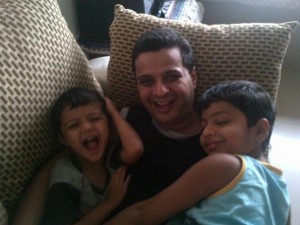
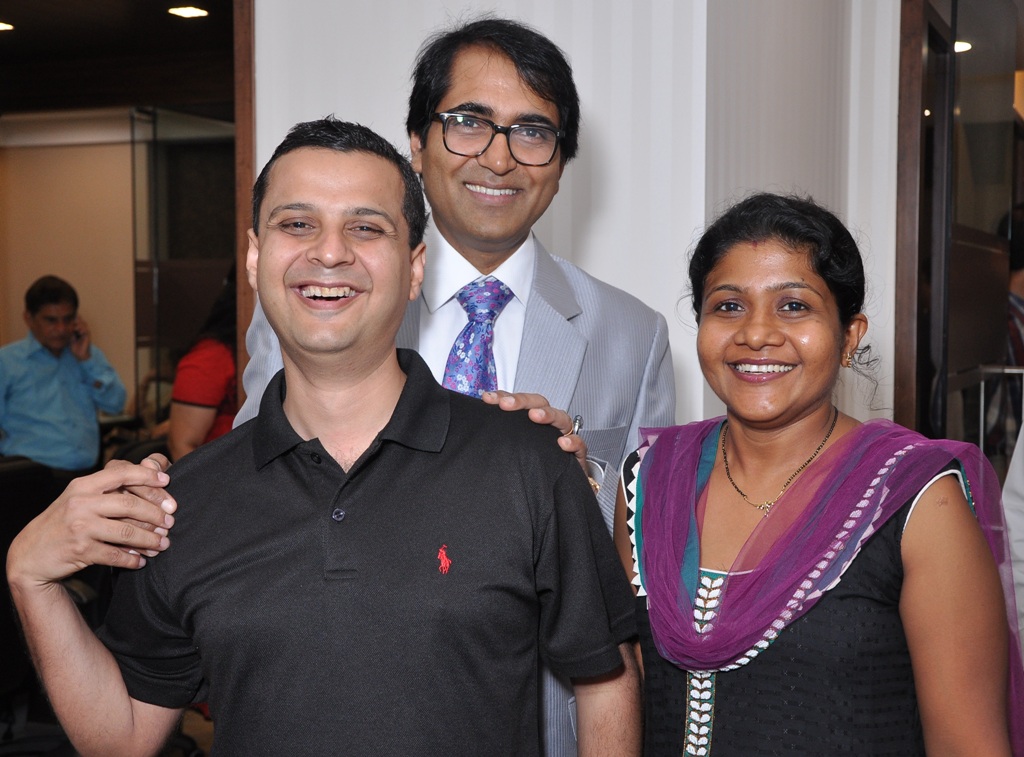
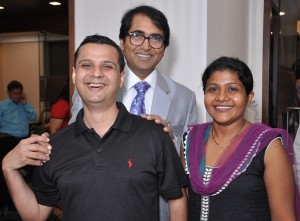

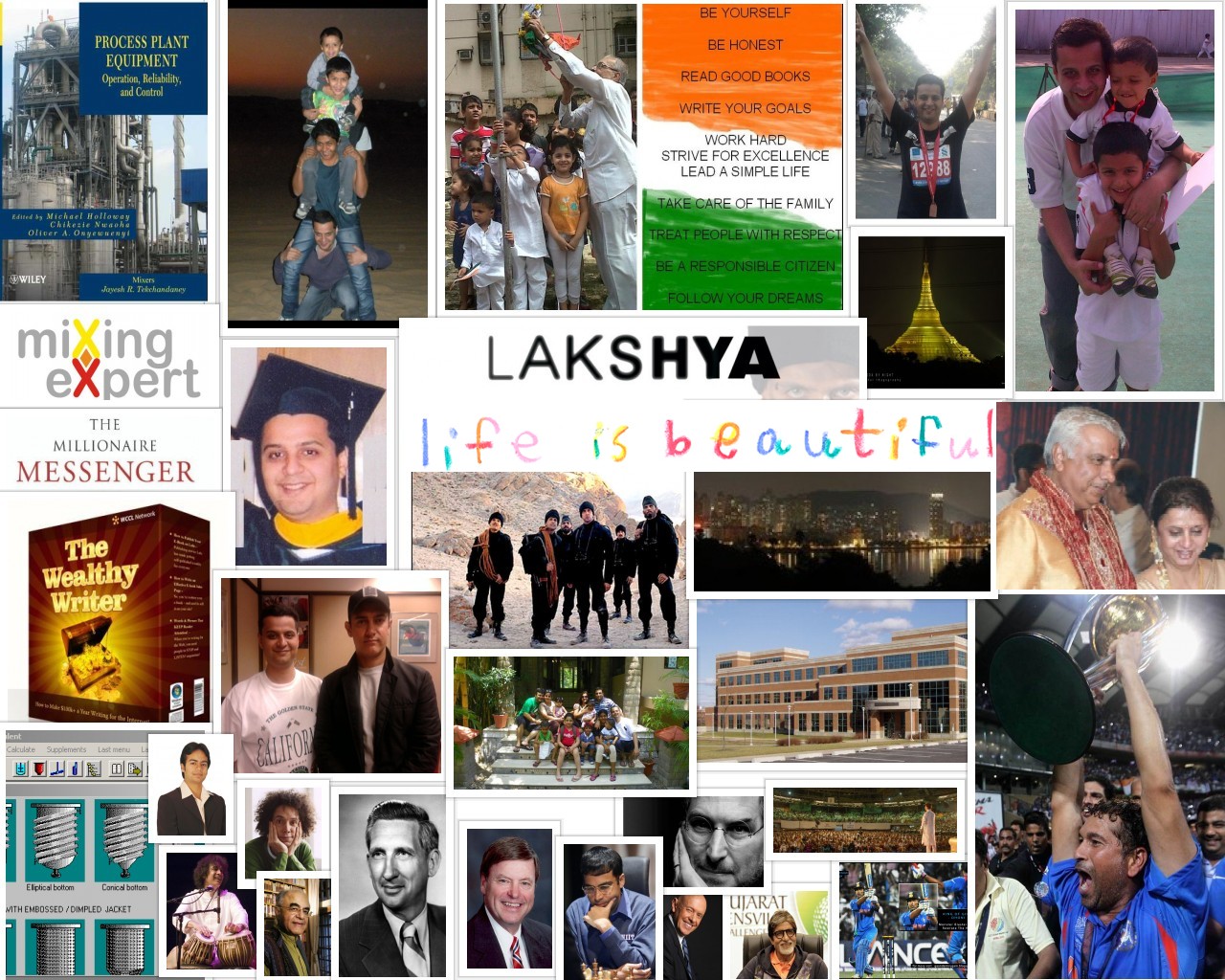
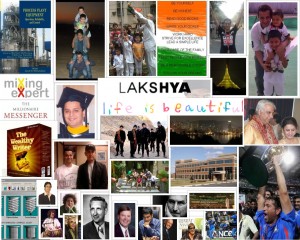





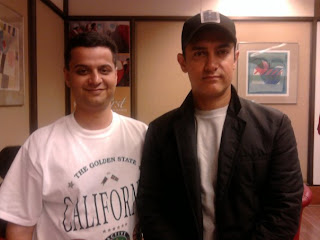

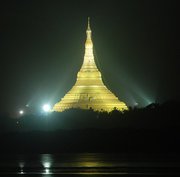

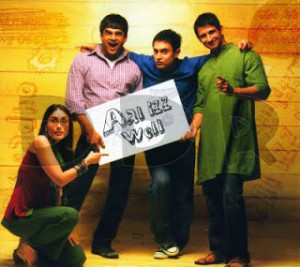
 “The IPL is not just about cricket. There are a lot of things happening around it. The players must be smart about it. They have to respect the body, give it some time to recover because it’s not just about playing. There have been day-night matches, then parties, and then early morning flights too. All this, including the travel, takes a toll.” That’s what M.S.Dhoni said in justification, after India’s disastrous performance at the T20 World Cup in 2010.
“The IPL is not just about cricket. There are a lot of things happening around it. The players must be smart about it. They have to respect the body, give it some time to recover because it’s not just about playing. There have been day-night matches, then parties, and then early morning flights too. All this, including the travel, takes a toll.” That’s what M.S.Dhoni said in justification, after India’s disastrous performance at the T20 World Cup in 2010.